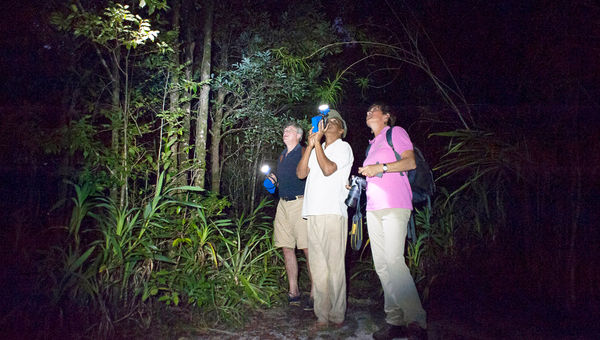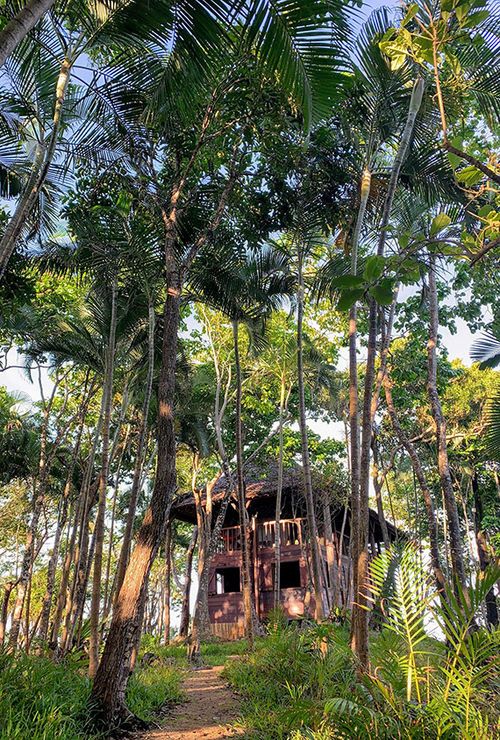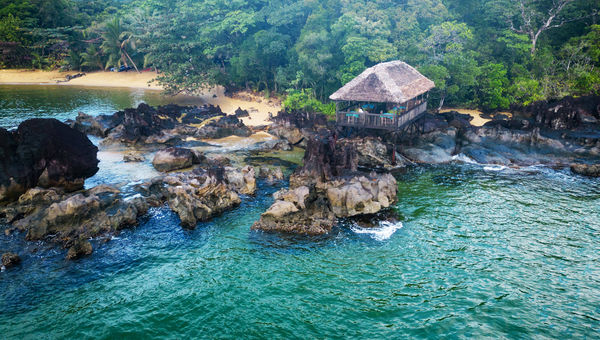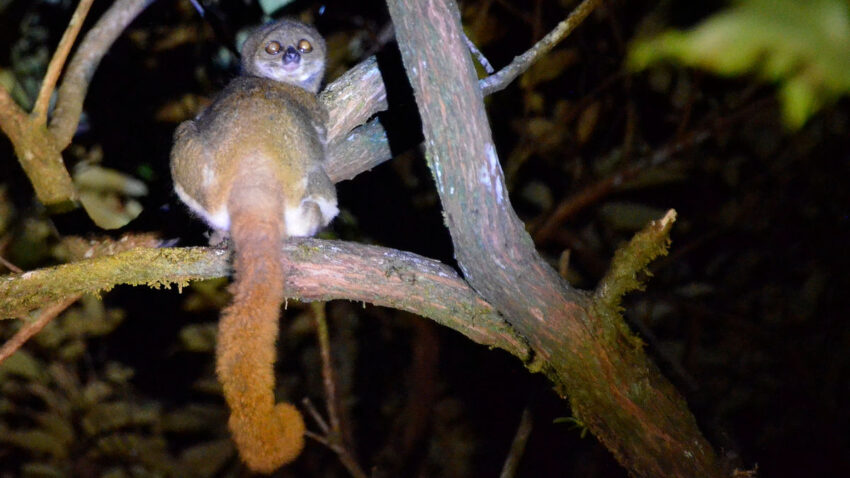Madagascar was recently awarded the title of “Indian Ocean’s Leading Green Destination 2022” by the World Travel Awards. Eighty five percent of the animal species found in this biological hot spot cannot be found anywhere else on Earth. Of its plant species, 82% are unique to the island.
Unfortunately, though, Madagascar has also experienced the highest deforestation in the world with over 80% of the island’s original forest cleared by humans.
Responsible tourism can go a long way in helping the island preserve its biodiversity. To revive tourism, associations, travel agencies, parks and other stakeholders have started focusing on local tourism, putting ecotourism and community tourism at the heart of their initiatives.

One example of ecotourism at its best can be found on the Masoala Peninsula, which features Madagascar’s largest remaining intact rainforest, and which is home to charismatic species like the red ruffed lemur, white-fronted lemur and helmet vanga. The term “masoala” translates locally to “eyes of the forest.” The name is derived from the aye-aye, a lemur whose eyes glow like bright candles in the dark of the night.
The Masoala Forest Lodge is the ideal retreat from where to explore this beautiful part of the world. The lodge has seven tented rooms, all raised into the tree canopy on timber decks. Situated on a 25-acre private forest reserve, the lodge offers memorable ecotourism experiences, including night walks (usually banned in Madagascar’s national parks) that give guests the chance to spot nocturnal wildlife, such as mouse lemurs, leaf-tail geckos or even aye-ayes. During the day, guests are likely to see white-fronted brown lemurs, woolly lemurs and many varieties of birds. Other activities include forest walks, snorkeling, kayaking and whale-watching.
• More Madagascar: Island-hopping in the magnificent Nosy Be archipelago

Although most travelers visit Masoala for its rainforest experience, a visit to the small village of Ambodiforaha and its rice fields should not be missed. The friendly people of the Betsimisaraka tribe are eager to provide an insight into their traditions and techniques of subsistence farming and life in the forest. They will teach travelers how to live a sustainable life within the rainforest.
Wild Expeditions‘ Blue Lagoon itinerary to the remote community of Cap Masoala will enable travelers see the raw and unique beauty of Madagascar. Miles away from anywhere and only accessible by boat, Cap Masoala has an idyllic and disconnected feel. The remote location holds a small rural population that depends largely on the sea for subsistence and has the luxury of a fortnightly visit by a coastal trading boat for rarer goods.
Travelers only get to be part of this community through Wild Expeditions. They get to explore the Masoala rainforest as well as the beaches of the Blue Lagoon with the local community.
• Related: Immersive pleasures in South Africa with Extraordinary Journeys
Wild Expeditions’ Chris Roche said that for years Cap Masoala was only accessible through kayak expeditions. Travelers could camp at a handful of places on the beach. In 2018, the team at Wild Expeditions decided to build a more permanent base, which is affectionately called Crusoe’s Cabin. This timber cabin is now the base camp for the Blue Lagoon Expedition.
The Blue Lagoon itinerary can be multiple days — it’s tailored to the traveler. Guests can either stay at Crusoe’s Cabin for a night or go camping up and down the coast in even more remote places.

Says Roche: “On this expedition we combine our core area of Masoala rainforest with exploring the Blue Lagoon, its beaches, fringing reefs and offshore islets by kayak and by outrigger pirogue, walking the shores and snorkeling the coves — while still finding time for night walks in search of lemurs and for sundowners on old, crumbling colonial lighthouses. Simple food, fresh air and midday siestas in shady hammocks are the order of the day.”
